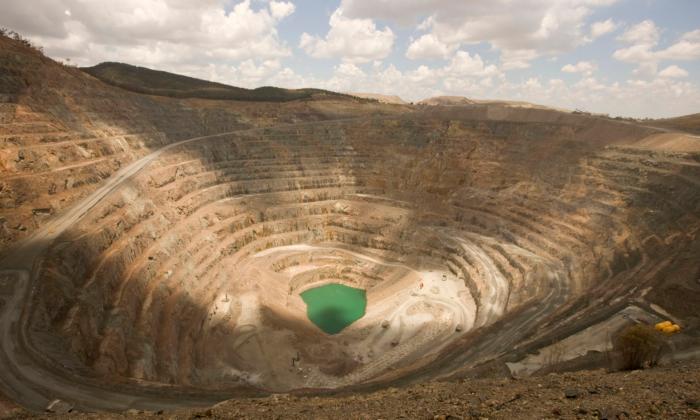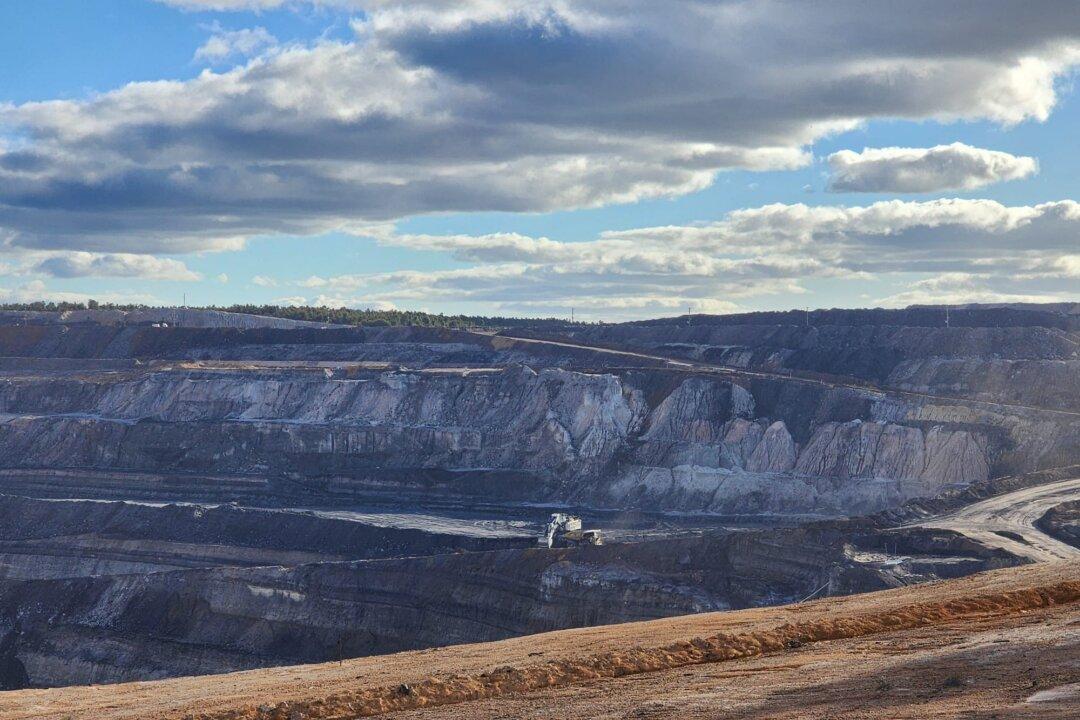On June 20, Federal Minister for Resources and Northern Australia Madeleine King released the new Critical Minerals Strategy to grow critical minerals wealth, create more jobs and support the global clean energy initiative such as electric cars and renewable energy.
This strategy is in line with Australia’s goal to become a significant global producer and processor of critical raw minerals as well as help achieve net zero emissions and go beyond the usual “dig and ship” perspective.
“The Strategy will be an enduring framework to guide future government policy decisions to maximise the national benefits of Australia’s internationally significant critical minerals endowments.”
Under this new strategy, the federal government will pump a $500 million (US$340 million) investment into this critical mineral project which the Northern Australia Infrastructure Facility will manage.
According to the new strategy, hundreds and thousands of new jobs will be created by the resource sector, including for indigenous Australians.
Under independent modelling, which was based on an estimated increasing export of critical minerals and energy-transition minerals, more than 115,000 new jobs could be added, and $71.2 billion could be generated to Australia’s GDP by 2040.
Australia is well-positioned to supply and process critical minerals to the world
Australia’s critical mineral sector is well placed to take the great opportunities of the clean energy transition drive worldwide to help develop its supply and process industry.This is based on the rich geological reserves, expertise at extracting minerals, and track record as a reliable producer and exporter of energy and resources.
At this stage, Australia is already the world’s largest producer of lithium, the third-largest producer of cobalt and fourth largest producer of rare earths.
Australia also produces significant amounts of metals such as aluminium, nickel and copper. Combined with critical minerals, this is crucial for low-emissions technology such as electric vehicles, batteries, solar panels, and wind turbines.
Critical minerals are also crucial components for medical technologies and defence applications.
The strategy asks for global investment to boost its downstream processing and manufacturing abilities to connect with emerging markets in the United States, the United Kingdom, Japan, Korea, India, the European Union and its member states.
This critical mineral strategy has not discussed tax breaks or subsidies for related industries yet compared with well-established ones in this area, such as iron ore and coal.






